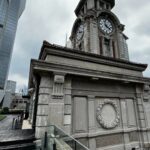Shanghai Conservatory of Music is home to several historic buildings. In March 2022, the conservatory initiated a comprehensive renovation project, opening up its walls and creating a 390-meter green belt along Huaihai Road, while also restoring six historical buildings within the campus.
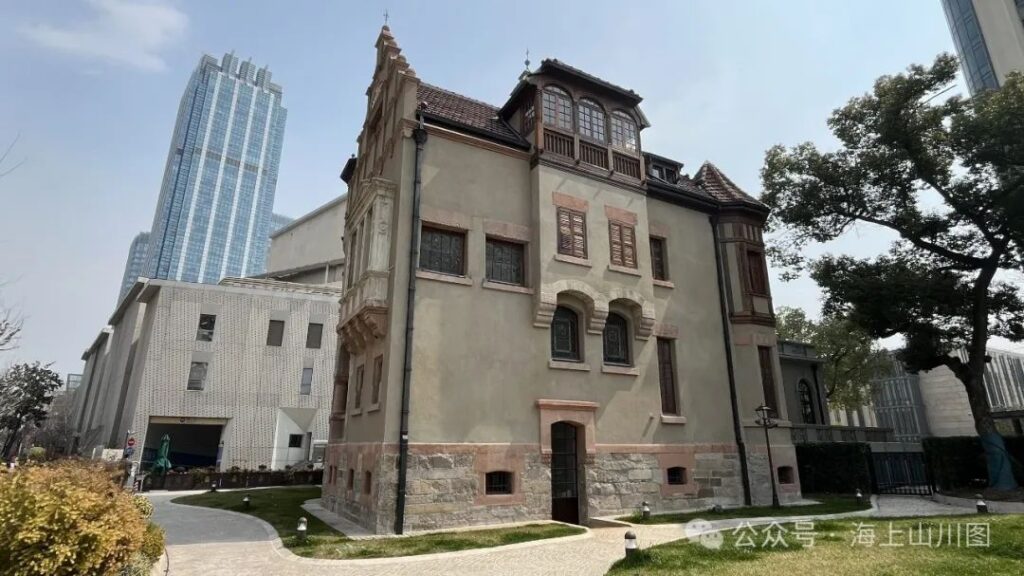
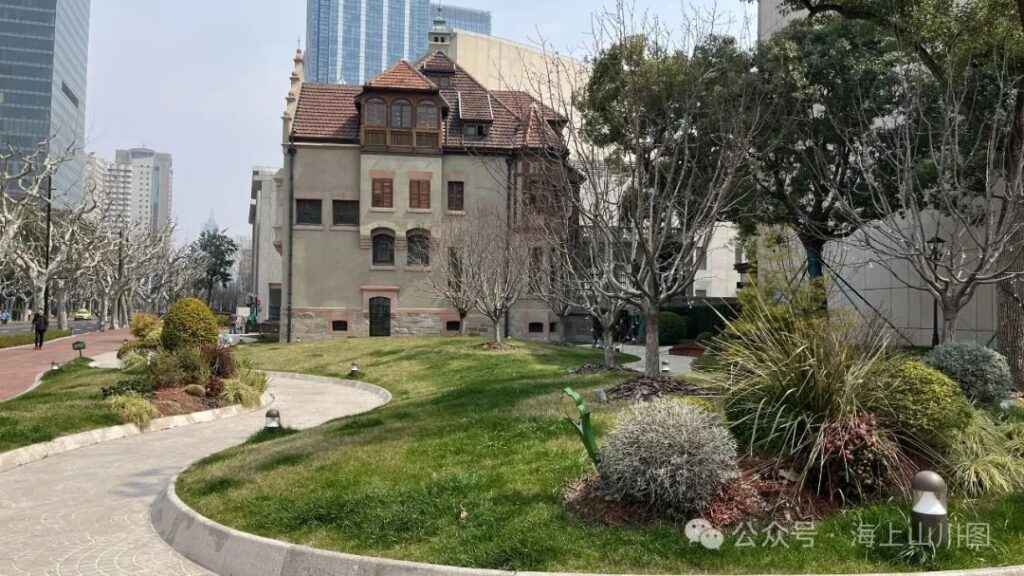
Currently, three of the six renovated old buildings have recently opened to the public. Among them, the Shanghai Conservatory of Music Oriental Musical Instrument Museum has moved into the refurbished Aesthetic Education Building and is hosting instrument exhibitions.
The Aesthetic Education Building, located at 1189 Huaihai Middle Road, is a typical English-style structure with Tudor influences. It covers an area of approximately 1,457 square meters and has three floors, with a small attic in the center of the third floor. After renovation, the building’s rear faces a large lawn, directly opposite Huaihai Middle Road, with the building’s silhouette and lawn forming part of the roadside green belt landscape. From the back, this English-style building shows an asymmetrical structure, with the east side protruding southward and the west side protruding northward.
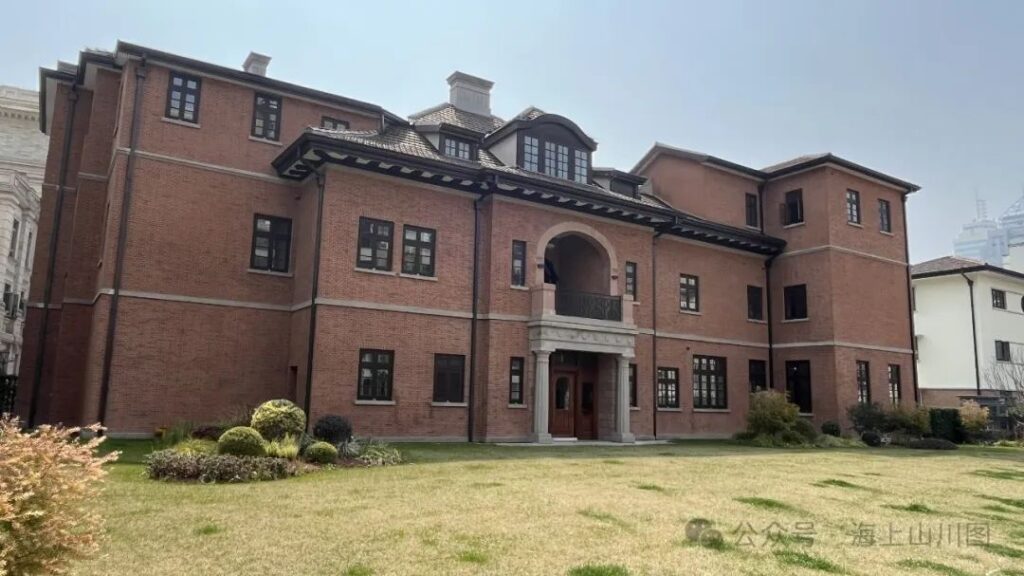

To visit the Oriental Musical Instrument Museum, reservations must be made through the “Campus Open” section of the Shanghai Conservatory of Music’s official WeChat account. Currently, there are six time slots available daily from 10:00 to 16:00. After successful reservation, visitors need to enter the campus through the 1209 Huaihai Middle Road gate using their reservation code.
The Oriental Musical Instrument Museum, originally known as the “Chinese National Musical Instruments Display Room,” was established in 1984. It officially opened to the public on November 27, 1987, during the 60th anniversary of the Shanghai Conservatory of Music, becoming the first musical instrument museum in Chinese art academies. In 2001, the museum was renamed the “Oriental Musical Instrument Museum,” with its name calligraphed by He Luting, the former president of the Shanghai Conservatory of Music. Since 2006, the museum has been open to the public for free.
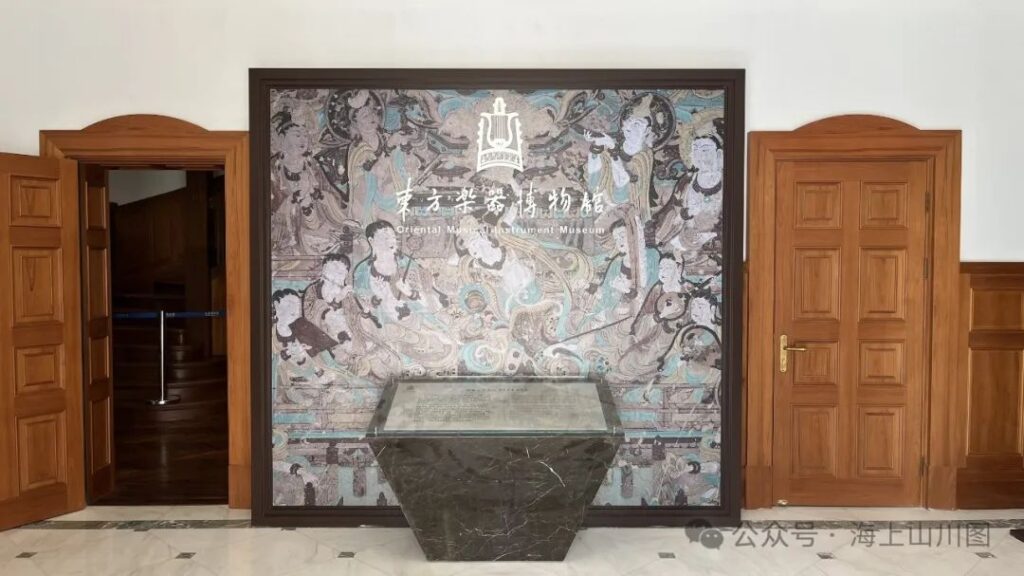

The museum houses approximately 800 musical instruments from over 40 countries and regions across Asia, Europe, America, and Africa. It also features distinctive instruments from more than 40 ethnic minority groups in China’s southwest, northwest, and northeast regions, including Tibetan, Miao, Manchu, and Yi ethnicities.
The current exhibition, “Sounds Along the Silk Road: Musical Instrument Culture Exhibition on the 10th Anniversary of the Belt and Road Initiative,” runs from December 28, 2023, to March 28, 2024. Set in the main exhibition hall on the east side of the Aesthetic Education Building’s first floor, it showcases various musical instruments from across Eurasia, allowing visitors to appreciate the differences and commonalities in musical cultures of different ethnicities, as well as their interactions and exchanges.
The exhibition is divided into three sections: “Drums Resonating the Silk Road,” “Wind Instruments Connecting East and West,” and “String Instruments in Harmony.” These sections showcase a diverse array of drums, flutes, wind instruments, and string instruments of various forms. Among the exhibits, visitors can see the Zhuang bronze drum embedded in a massive wooden ox head, an equally large Tibetan suspended drum with exquisite lacquer paintings, various small drums, a replica of a Neolithic bone flute from Jiahu, Tibetan conch shells, a giant Tibetan dungchen, and an assortment of pipa, ruan, yueqin, and sanxian. Some instrument descriptions are accompanied by QR codes, which, when scanned, play videos of the instruments being performed, allowing visitors to not only observe the instruments’ forms but also appreciate their sounds.

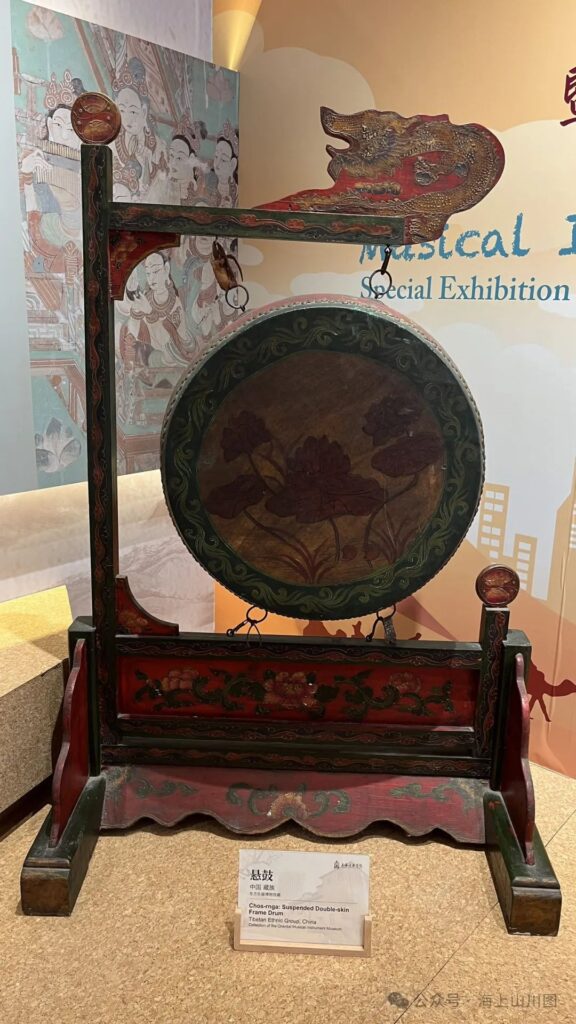

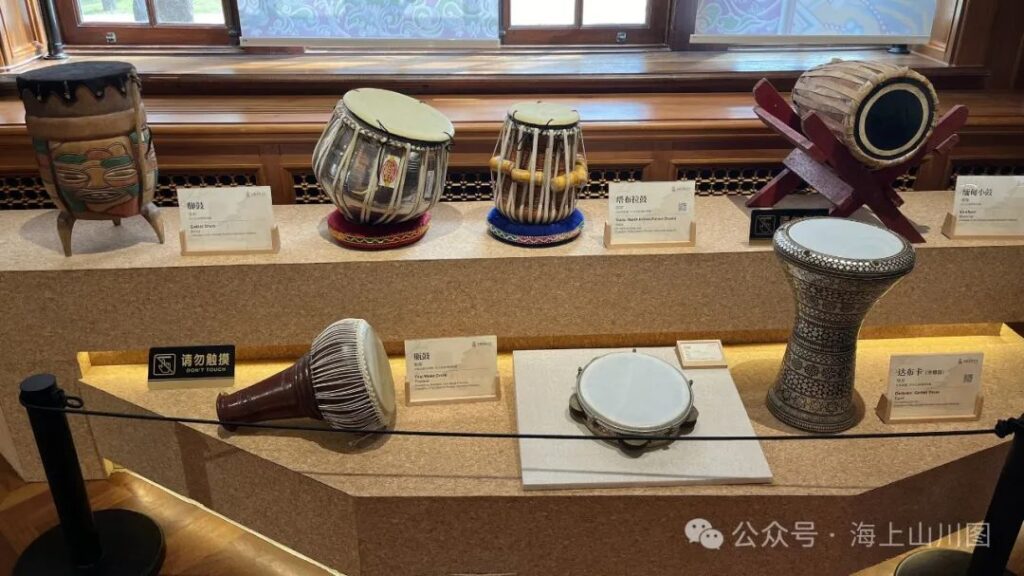


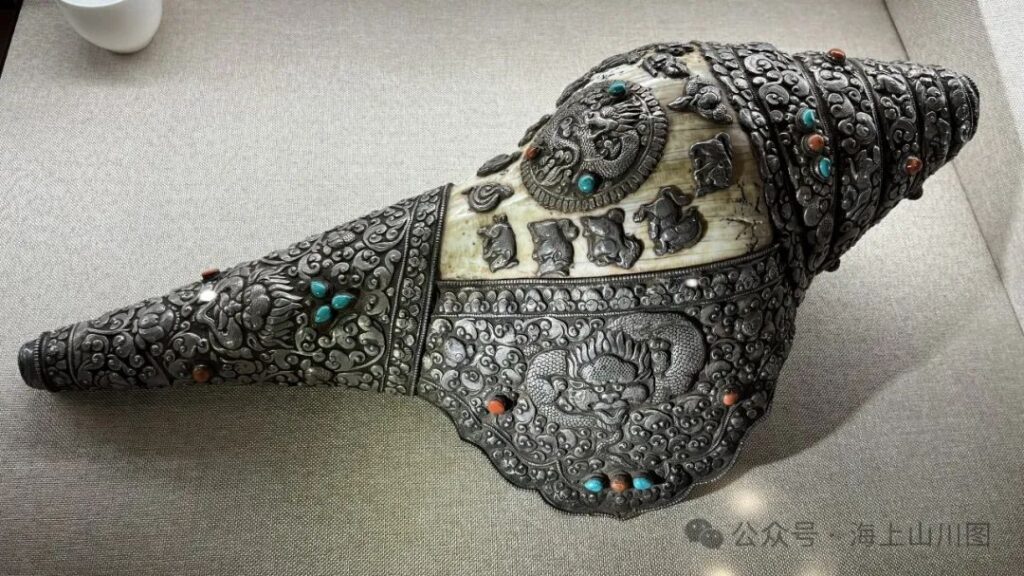
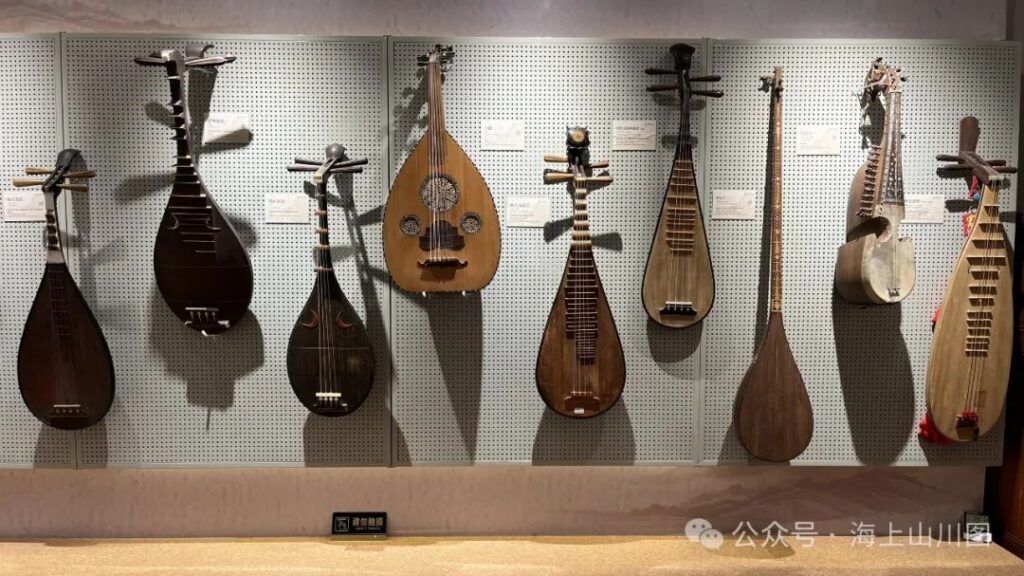
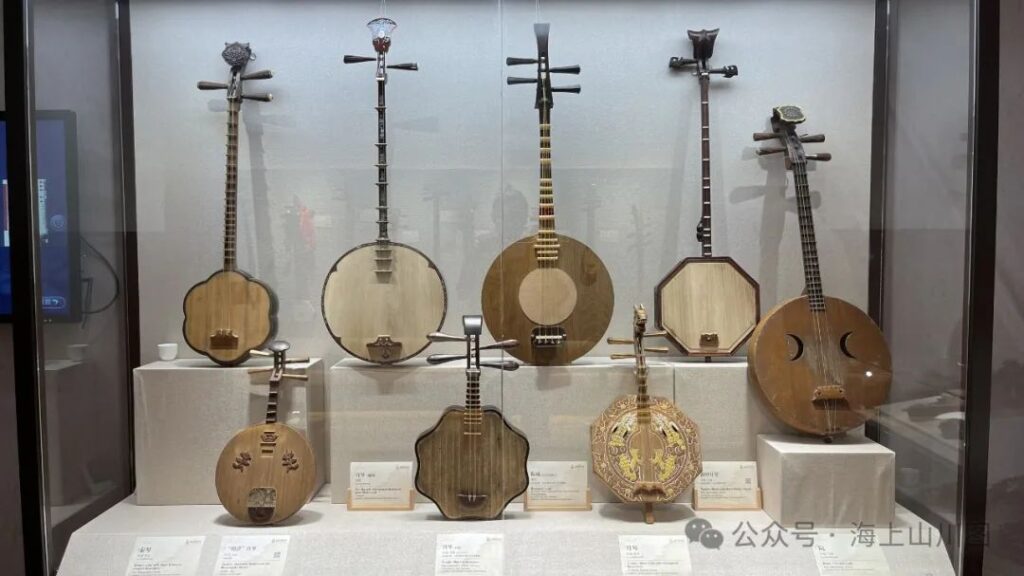
I roughly counted about 90 instruments on display in the entire exhibition. It’s unclear what kind of exhibition the museum will present after this one ends, or whether they will increase the number of exhibits in the future.
The western half of the Aesthetic Education Building’s first floor currently houses a reading space with documentary displays and an audio-visual appreciation room. The reading space exhibits the museum’s publications and various music-related books, while the audio-visual room plays music culture films. During my visit, a film about African instruments was being shown.
The second and third floors of the Aesthetic Education Building are currently not open to the public.
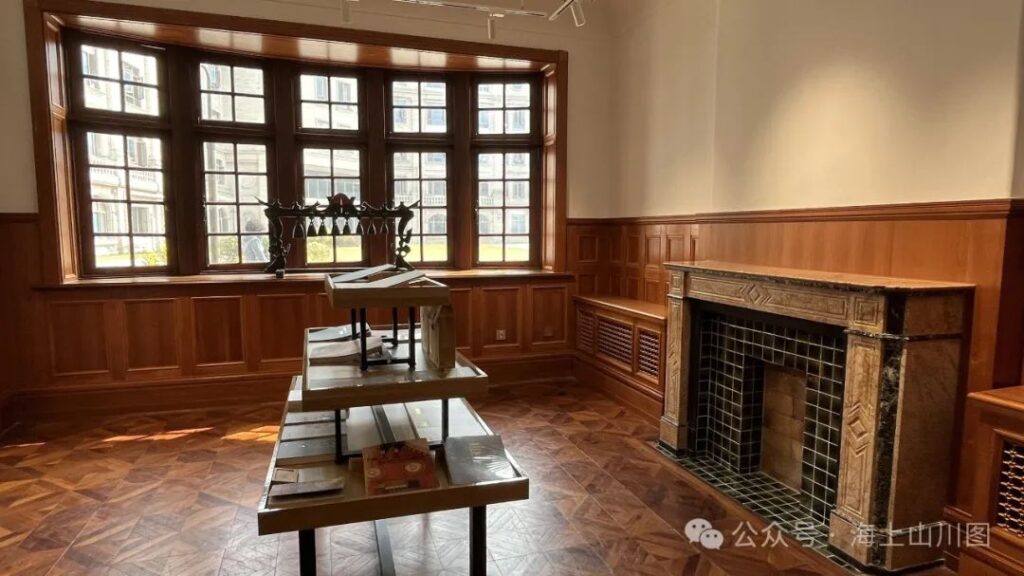

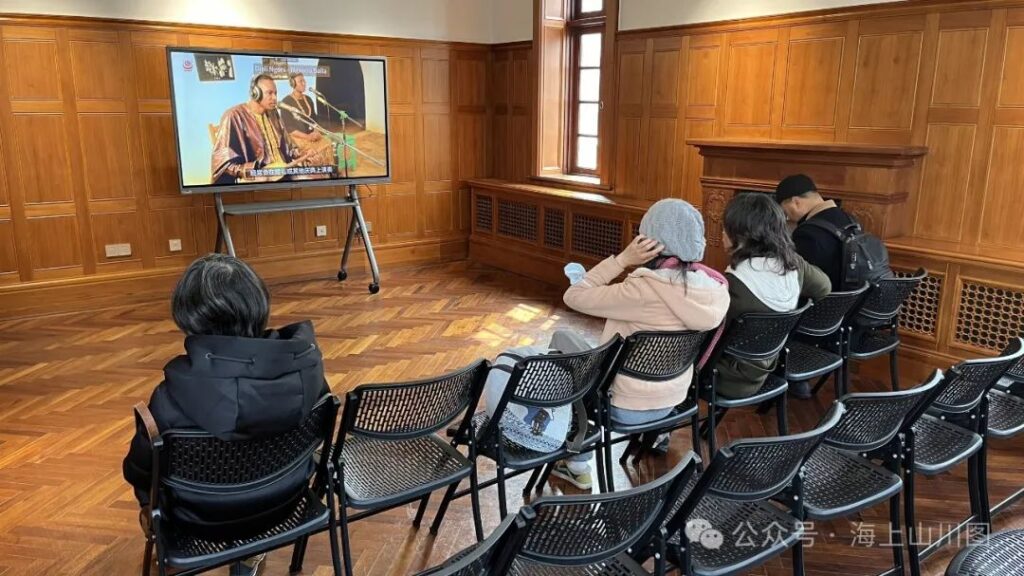
Judging from the open areas on the first floor, the entire building’s interior has been meticulously renovated. From the floors, ceilings, and tiles to the fireplaces and doors and windows, everything looks brand new. The fireplaces in several rooms are particularly noteworthy, each with a unique design. Through this campus opening, the conservatory has not only better utilized its instrument collection but also provided an opportunity for the public to appreciate and read in a historic building.
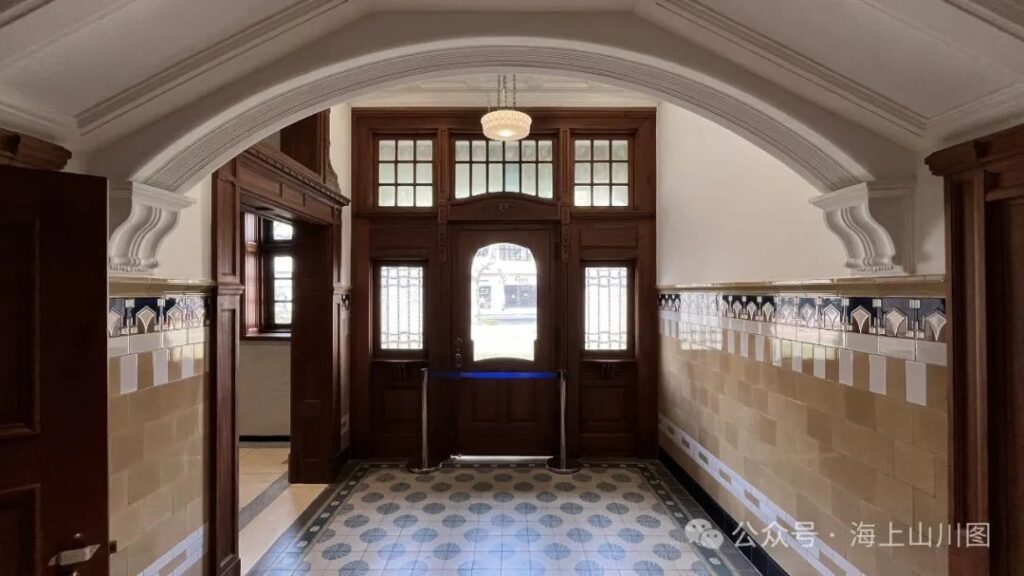
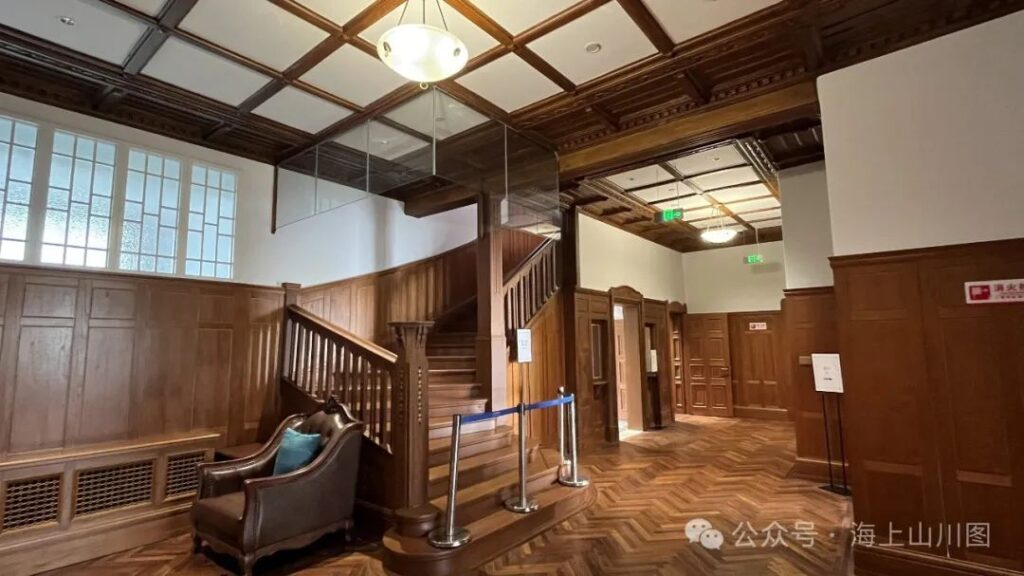
In addition to the currently open Aesthetic Education Building, the “Music Castle” at 1131 Huaihai Middle Road and the “Urban Music Salon” at 1209 Huaihai Middle Road are also open to the public, although specific opening times depend on whether the school is hosting related events.
The “Music Castle” is currently preparing for a new exhibition and is temporarily closed.
The “Urban Music Salon” is a French Renaissance-style old house, better known as “Adeodata Hall.” Built in 1912, it covers an area of 1,933 square meters and is the largest of the six renovated old buildings at the Shanghai Conservatory of Music. After renovation, it is used to hold small chamber music concerts open to the public. Attendance requires swift online reservations when events are announced.
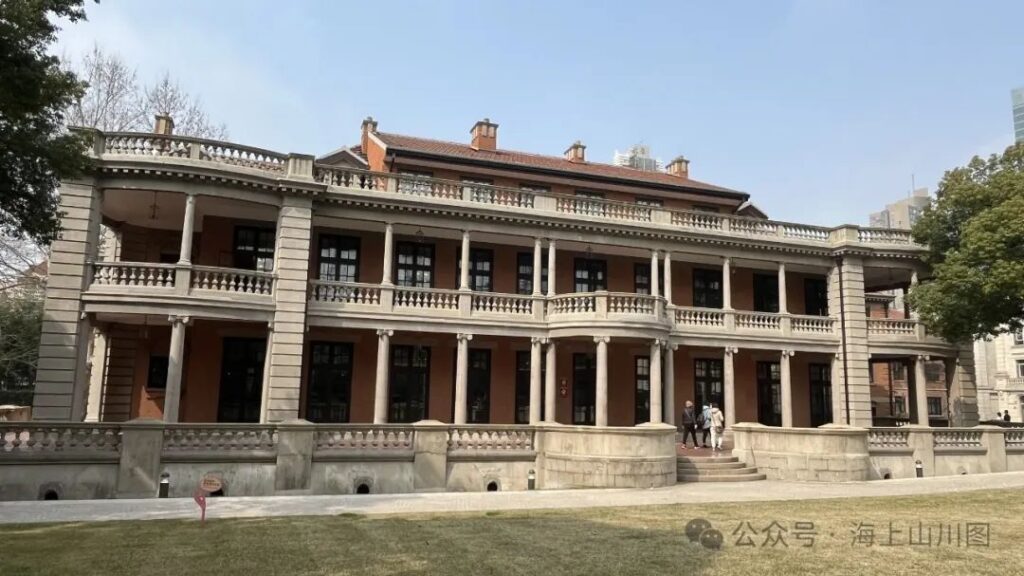
Although visitors cannot enter these buildings for tours, the area where these old buildings are located is open to the public. People can stroll between the lawns and admire the exteriors of these historic buildings up close.

